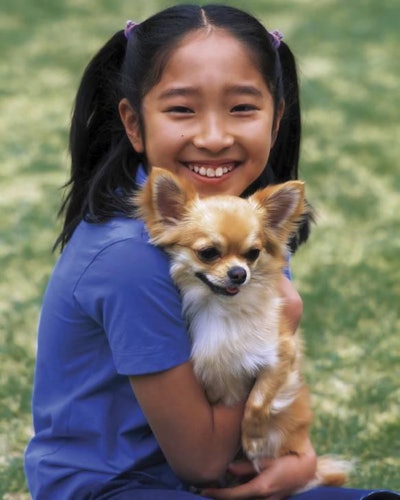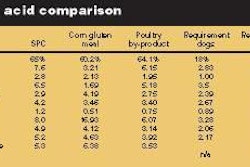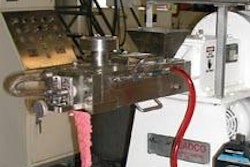
Pet ownership in China is on the increase and attitudes towards pets are changing, with Chinese people demonstrating greater love and care towards their pets, according to the latest report from Euromonitor International. China's fast-paced economy and increasing levels of disposable incomes are having a positive impact on the pet industry. New research shows that pet ownership in China substantially increased between 1999 and 2005.
Driven by the growing population of pets, demand for petfood products has also been stimulated to a large extent. Although small in scale when compared with Western developed countries, the Chinese petfood market offers high growth potential as it becomes increasingly regulated.
Growth of petfood
Owing to the Government's relaxed control in the breeding of cats and dogs, dog and cat ownership grew rapidly between 1999 and 2005. Euromonitor's latest research shows that the percentage of the Chinese population owning dogs and cats increased from 5% and 14%, respectively, in 1999 to an estimated 7% and 15% in 2004which indicates the increasing popularity of dogs and cats in China.
Hence, estimated sales of dog and cat food reached nearly US$216.9 million in 2005, representing current value growth of 12% over the previous year. Sales of other petfood such as bird food and fish food were valued at US$0.4 million in 2005, up by 8% in current terms from 2004.
Market insight
China's pet population has grown by a remarkable 21.6% in five years, from 240,799,000 in 1999 to 307,116,000 in 2005. The dog population has risen 5% from 24,884,000 in 2004 to 26,153,000 in 2005; while the cat population in China has gone from 56,761,000 to 58,180,100 in the same time period. The first contributing factor is associated with one-child households and a growing aging population. Smaller family sizes have helped to create a greater demand for pets, which are seen not just as animals, but as true extensions of the family. In this context, the family pet is seen as a companion to the child and then, when the child grows up and leaves home, a source of comfort to the parents.
Secondly, a change in perception is taking place, with pets increasingly being seen as companions, particularly for many urban dwellers, who, with their higher levels of disposable incomes, are willing to spend more on their pets. Third, as Chinese society is going through an unprecedented transformation, interpersonal relationships have become more complicated than ever. As a result, many people now depend on their pets to relieve stress and loneliness. Lastly, research shows that for many young adults, keeping a pet also stands as a fashion and identity statement.
With the further development of the above factors, Euromonitor forecasts that the pet population will continue to grow strongly between now and 2009, thus creating lucrative sales opportunities for the petfood industry. Sales of petfood are mostly generated in big cities such as Beijing, Shanghai and Guangzhou.
Major players in the market
The US-based food giant Mars dominates the petfood market in China with its two brands, Pedigree and Whiskas, owned by Effem Foods (Beijing) Co Ltd. The company's wide choice of products and high brand awareness among consumers helped it to take the lion's share of 58% of retail value sales of dog and cat food in 2004.
Other petfood products are mainly produced by domestic manufacturers and typically sold in outdoor markets. The absence of dominant national or multi-national players makes petfood products highly fragmented in various regions across China. Owing to the heavy presence of local players, other foreign petfood producers are at a disadvantage in terms of price competition. They also have to face restrictions on import and distribution rights, as well as local protectionism. Euromonitor International does not expect this situation to change in the short to medium term, as foreign players are still adopting a wait-and-see strategy and are wary about the local erratic customs regulations.
Through mergers and acquisitions, global players have strengthened their product offerings and beefed up investment in production facilities, thus further reinforcing their competitiveness in the local market. Domestic players are making efforts to improve product quality and vie for sales opportunities in the medium price segment. However, due to low brand awareness, local brands still mainly cater to low-end and mass consumer needs.
Prospects for the market
The outlook for the petfood market in China is set to be promising. Sustained economic growth and increasing pet ownership hold the key to continued growth over the next five-year period. Petfood, especially dog and cat food, is expected to develop as outside major players increasingly see China as a lucrative petfood market. As a result, Euromonitor expects that a wider variety of new products will enter the market to cater to the progressively sophisticated tastes of Chinese pet owners.















